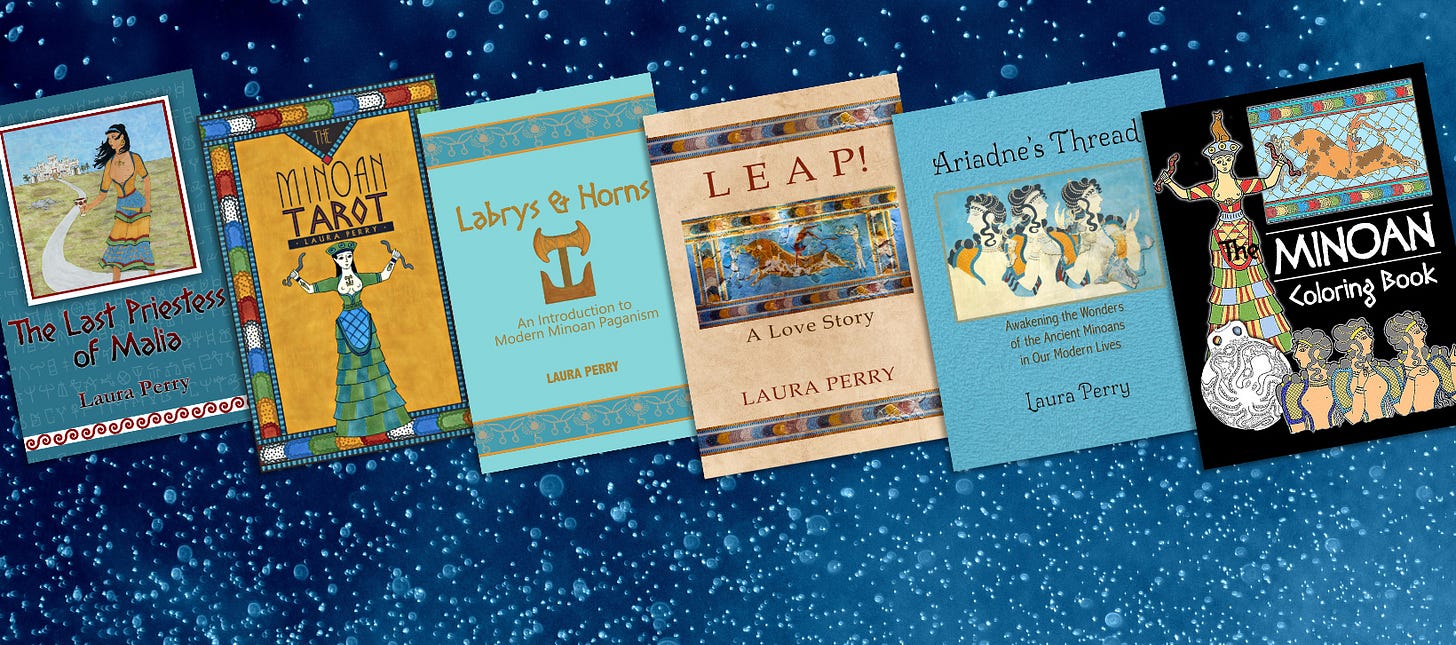Book Review: Pagan Portals - Where Fairies Meet
A unique view of fairies through the lens of two different cultures
This is the second in a short series of reviews of books by my fellow Moon Books authors who all attended Mystic South this year. I had a great time hanging out with them at the Moon Books Meet-and-Greet and attending their presentations, and I look forward to doing it again next year. I hope you’ll join us! You can find the first review in this series here, and all my book reviews here.
Before I read Pagan Portals - Where Fairies Meet by Daniela Simina, I knew in the back of my head that most if not all cultures had some kind of Otherfolk. But I'd rarely stopped to think about what those beings might be like in different cultures or what commonalities they might share cross-culturally.
This fascinating book is a compare-and-contrast between the Otherfolk of two specific cultures: Irish and Romanian. The chapters outline different aspects of culture and folk tradition (sports, music and dance, natural features, the dead, interactions with humans, and more) and detail how the Otherfolk of each culture behave in each. Pagan Portals - Where Fairies Meet is, essentially, an introduction to Romanian fairy traditions by way of the Irish traditions, which are probably more familiar to most people.
While the practical aspects of fairy activity are interesting, what I found most intriguing were the similarities in personality and behavior between Themselves in the two different cultures: capriciousness, alternating generosity and trickiness, insistence on the humans being strictly honest, and so on. In both cultures, fairies are guardians of nature and ancient sacred places. There are commonalities and blurred lines between fairies, deities, and ancestors. And there are similar contentious relationships between fairies and humans. We humans must always be respectful and tread carefully, regardless of which set of Themselves we’re dealing with.
There are many similarities, but there are distinctions as well. Overall, Romanian fairies appear somewhat more kindly or at least neutrally disposed toward humans, as opposed to the Irish fairies, who are pretty consistently tricksy. But both require caution in connecting with them, and both cultures include a significant amount of folklore for protection from Themselves.
The book is packed full of details, including chapter endnotes that aren’t intrusive and that provide information for further exploration. I found the pronunciations for the Romanian fairy and deity names especially helpful.
The book ends with a conclusion that I quite enjoyed, neatly wrapping up the whole exploration. The author points out that the purpose of the comparison between the Fair Folk of these two cultures isn't to say that the Irish and Romanian fairies are the same thing, but that people's experiences in places that are so distant from each other might give pause to think about the possibility that Themselves are real, and that the similarities are due to that fact.
Definitely food for thought.
My Substack is free, but if you’d like to support my work, you can find my books here and my art here and here.
About Laura Perry
I'm an author, artist, and creator who works magic with words, paint, ink, music, textiles, and herbs. I'm the founder and Temple Mom of Ariadne's Tribe, a worldwide inclusive Minoan spiritual tradition. My spiritual practice also includes spirit work and herbalism through the lens of lifelong animism. I write Pagan / polytheist non-fiction and fiction across several different subjects and genres. I'm currently working on an illustrated book of modern Minoan myths and a Minoan entry in the Moon Books Pantheons series. I’m also an avid gardener and living history demonstrator.







Interesting! Definitely sounds like a worthwhile read.